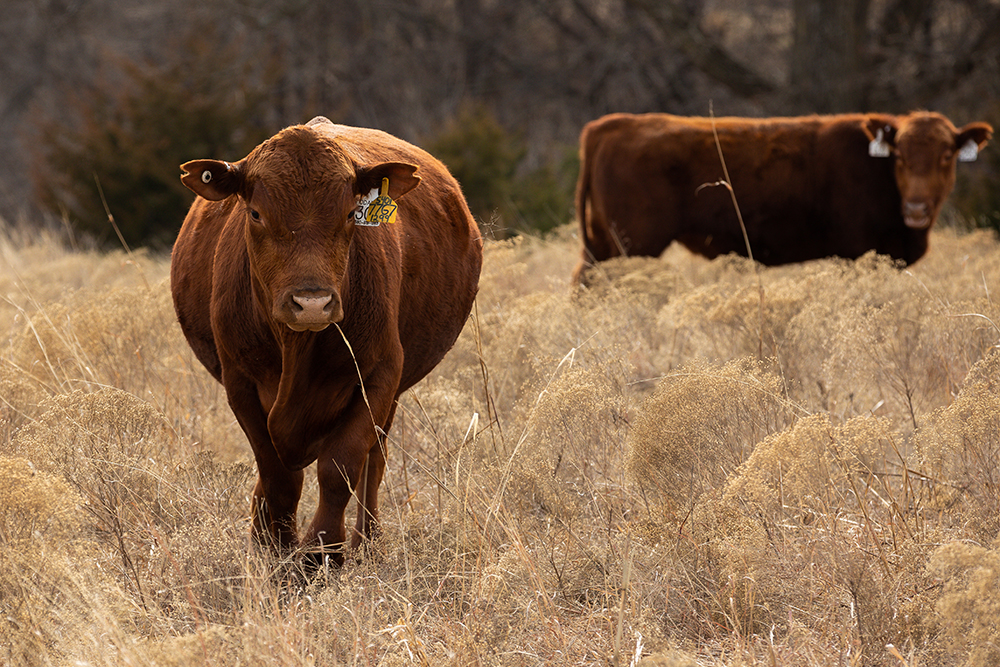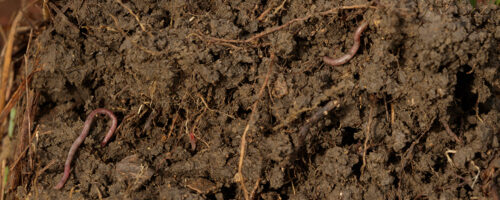Don’t Make These Regenerative Ranching Mistakes
Noble Research Institute staff share four things they’d never do again — so you can learn from them.
Since transitioning our ranches to a management style that focuses on soil health and profitability, we’ve aimed to be fully transparent. We want to show you the challenges, the lessons we’ve learned and the victories along the way.
We know in ranching, it’s not always sunshine and rainbows (or blue skies and green grass). But we also know, as with any endeavor, you can learn more from the hard times than the good ones. That’s why we asked our ranch staff to share mistakes they made early on, to help others learn what not to do.
Here’s what they said:

1. Don’t ignore the forecast
Paul Luna, ranch facility manager, says he learned a valuable lesson when much-needed rains came in.
“If you know rain is on the way, plan to give your livestock a bigger area, to graze,” he says. “Otherwise, they’ll muck it up pretty bad.”

2. Don’t just “turn out” cows during the dormant season
Joe Pokay, general ranch manager, says one of the biggest opportunities he sees (and originally missed) was managing cool season plants the same way we manage warm-season ones.
“I used to think when it was winter and the warm-season grasses were dormant, you could just turn the cows out on bigger pastures and not move them as often,” he says. “However, when I started moving more frequently during that time, the cool-season annuals and perennials got more rest time and became more abundant and vigorous.”
Moving cattle to rest winter grazing areas leads to better nutrition for the animal, decreased feed costs, more animal days per acre and a longer grazing season.

3. Don’t just assume everything is working
Luna recounts a time he set up a new paddock and didn’t check the hot wire before leaving.
“I came back, and the cattle were scattered,” he says. “Always take the time to test your fences before you leave. It’ll save you a lot of time in the long run.”

4. Don’t ignore your intuition
Clark Roberts, ranch facility manager, didn’t always go with his gut when he was new to running sheep. One time in particular, he really wishes he had.
“In regenerative ranching, we move animals frequently,” he explains. “However, I’d been told not to move ewes with baby lambs on their side. Folks scared me to death, saying the animals would get confused if I did.”
He left them in the pasture too long, and they ended up getting parasites and had to be dewormed.
“Now,” he says. “I move them as I normally would any other time of the year, and it’s worked out.”



Comment